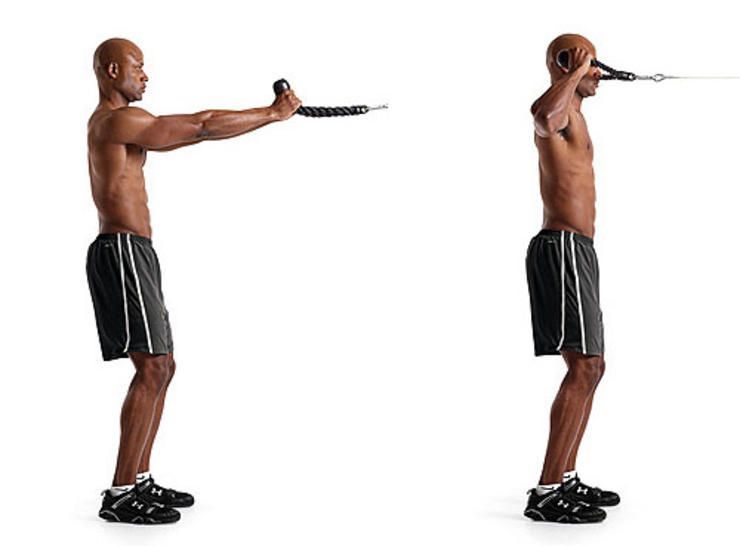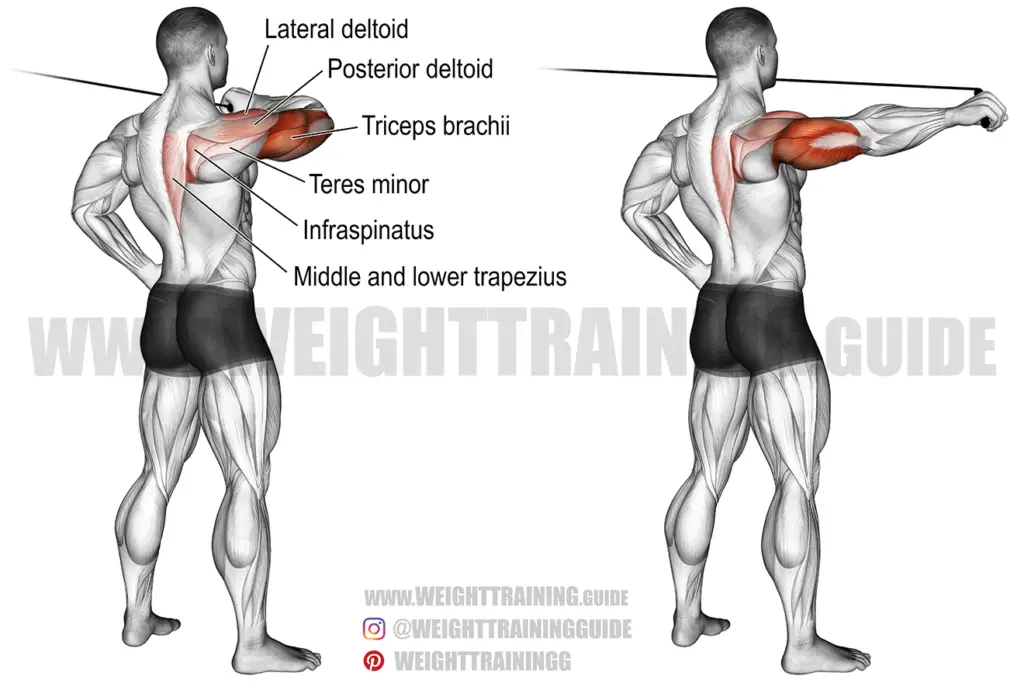

Namely, the rotator cuff muscles (infraspinatus). However, it can also improve shoulder health. So, what muscles do face pulls work? The face pull exercise mainly targets the rear deltoids, rhomboids, and middle trapezius muscles.
CABLE FACE PULLS HOW TO
If you are unsure of how to do the face pull correctly, speak to a qualified personal trainer. Like any other weight training exercise, make sure you take your time and learn the proper technique. Also by slowing down the tempo, you can improve your technique and prepare you to lift heavyweights in the future. If you can maximize the time under tension you will start to see better muscle growth.

– Squeeze the shoulder blades to help control movement Some good tips to follow when doing the exercise for the first time are: READ Weightlifter's Shoulder: Understanding the Causes, Treatment & Prevention With practice, face pulls can be part of your warm-up routine before more challenging workouts like the deadlift, pullups, or barbell bench press for example. Last but not least is the benefit it gives to other exercises. However, for best results, the face pull should be combined with other back and shoulder workouts. The face pull is one of many exercises that you should include in your workout plan, as it can also help increase mobility in the shoulders. Working the upper back muscles (rhomboids and trapezius) can help improve your posture and not just strengthen the upper back and shoulder muscles. We already know that face pulls are an effective exercise for the back and shoulders, but are face pulls effective? They can help guide you through the correct movements and help you pick the correct weight for you. If you are unsure how to perform this exercise, speak with a personal trainer or coach. Lower the dumbbells to the starting position but make sure you keep the tension the whole way down. Squeeze your upper back muscles once you have finished extending the arms out. Focus on movement from the shoulder only.ĥ. Raise your arms out like a bird’s wing until they are parallel to the ground. Then hold your dumbbells under the chest with your elbows bent slightly.Ĥ. Bend your back and keep your neck in a neutral position. Stand with your feet shoulder-width apart and squat slightlyģ. Pick a suitable weight that you can lift.Ģ. READ Calories Burned Walking 30, 45, & 60 Minutes - What You Should Knowġ. However, this is an alternative exercise called the dumbbell bent-over reverse fly which can also help strengthen the muscles of the rear deltoids. If you don’t have access to a cable machine, face pulls with dumbbells are an alternative. It also makes for a good warm-up before bench press or other similar exercises. By doing this you can target more of the upper back and shoulders. To add some variation to this exercise, you can also pull the hands further apart as you pull the band closer to your face. To do this, make sure you can connect the band to something stable.

If you don’t have access to a cable machine, you can also replicate this exercise with a resistance band.

Otherwise, your lower back will start to engage and reduce the amount of engagement of the shoulders and upper back. When doing this exercise make sure you don’t overdo it and lift to heavier weights. It is also important to squeeze the deltoids once the handle lands close to either side of the face. Slowly return to the starting position, but remember to keep tension on the cable.įocus on keeping the entire movement slow and controlled. Your elbows should bend and the handles land on either side of your face. Now, pull the handles towards you slowly, keep your arms parallel to the floor. Then hold the handles with an overhand grip position and walk backward until you have extended arms and some tension on the cable. To do the face pull, first set up a cable machine with a double-rope attachment fitted. READ The Ultimate Guide to Neutral Grip Pull-Ups: Benefits and How to Do Them


 0 kommentar(er)
0 kommentar(er)
